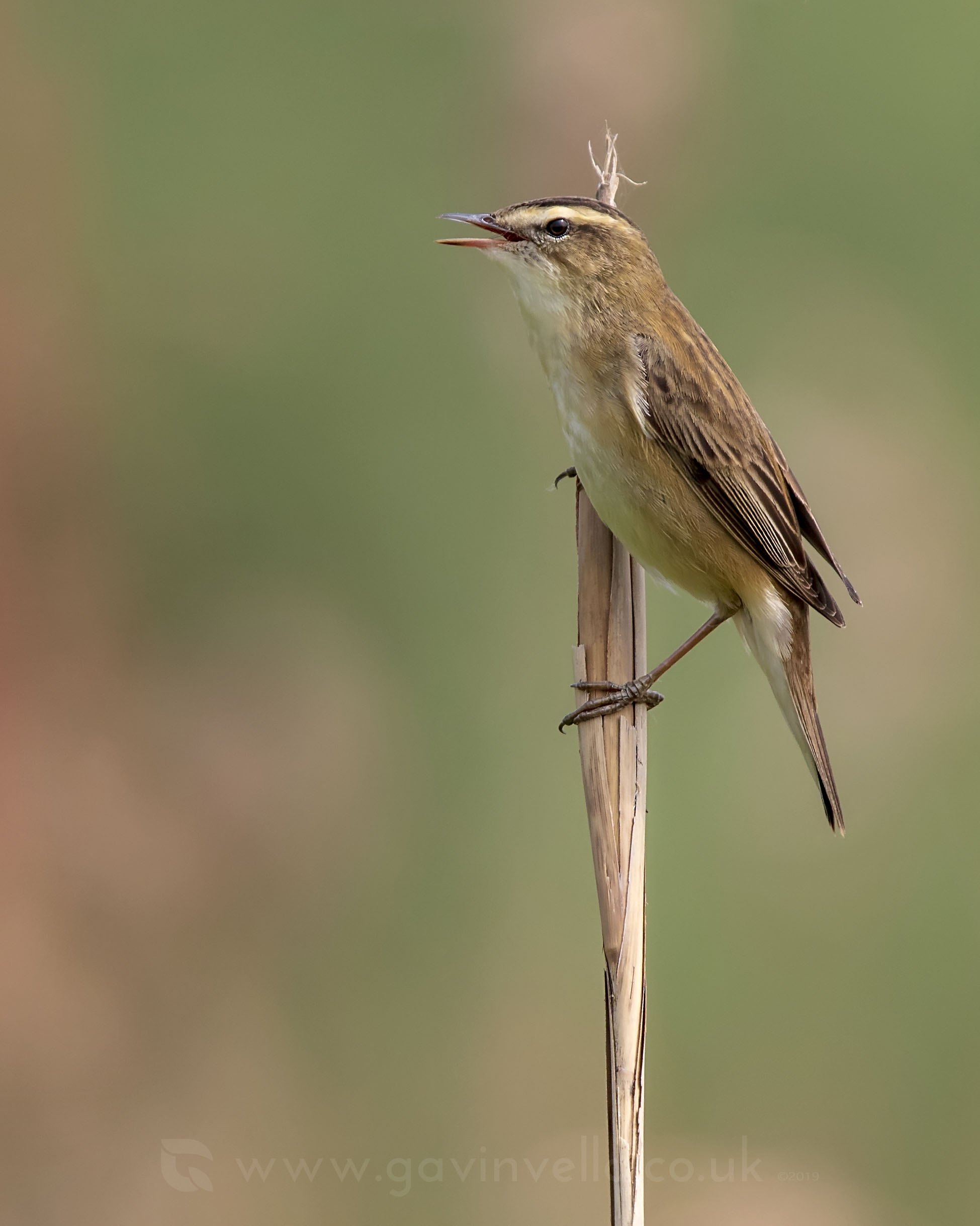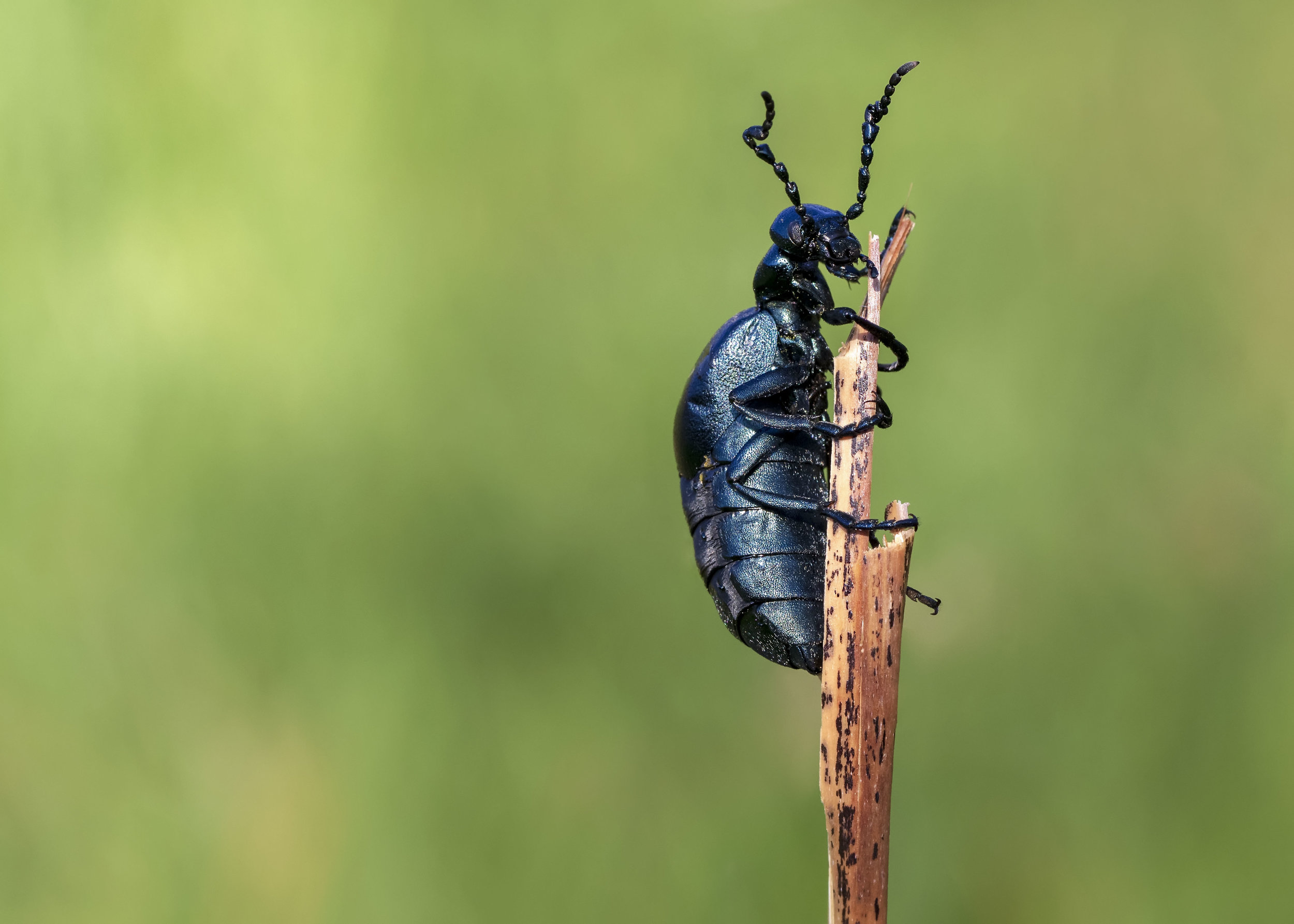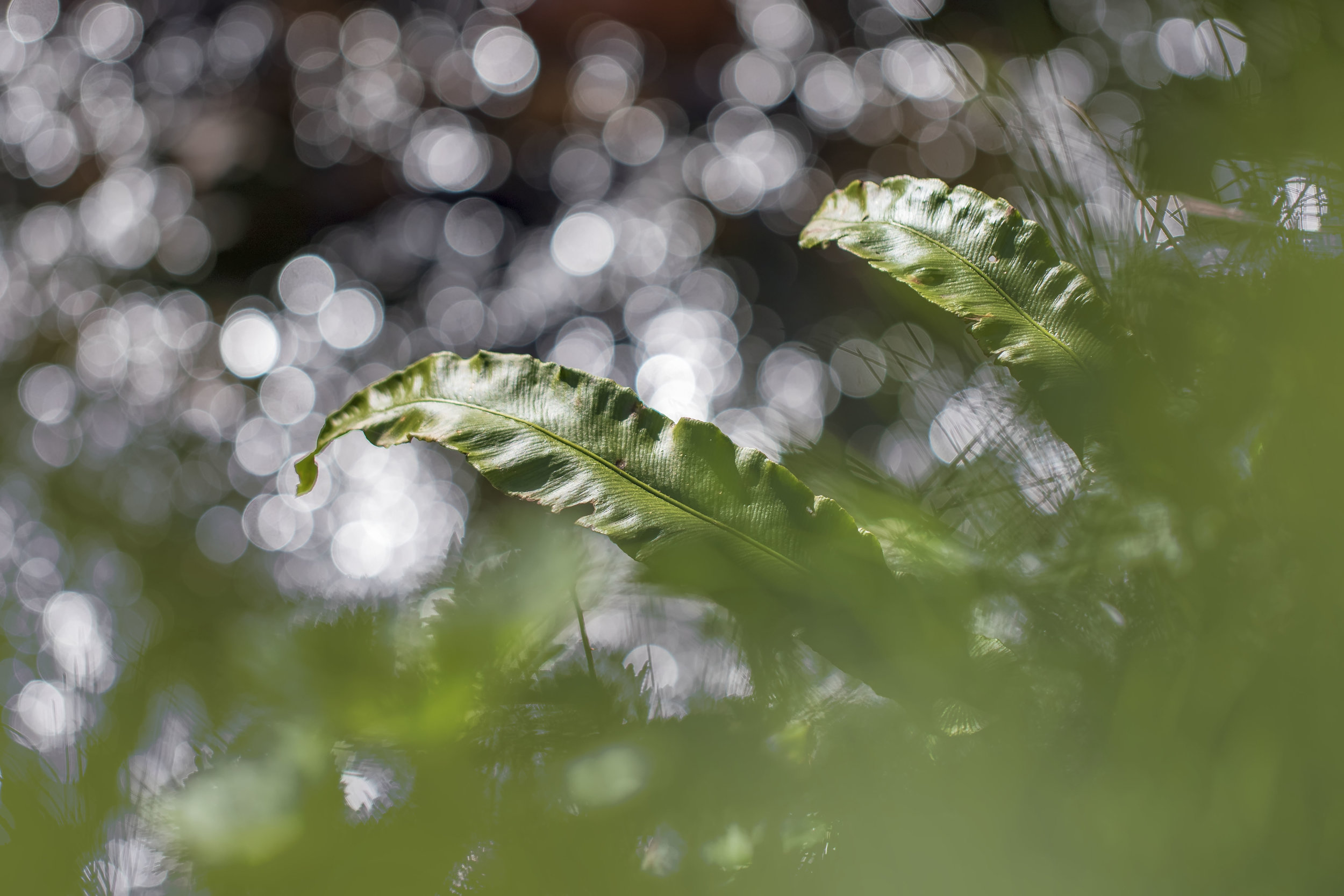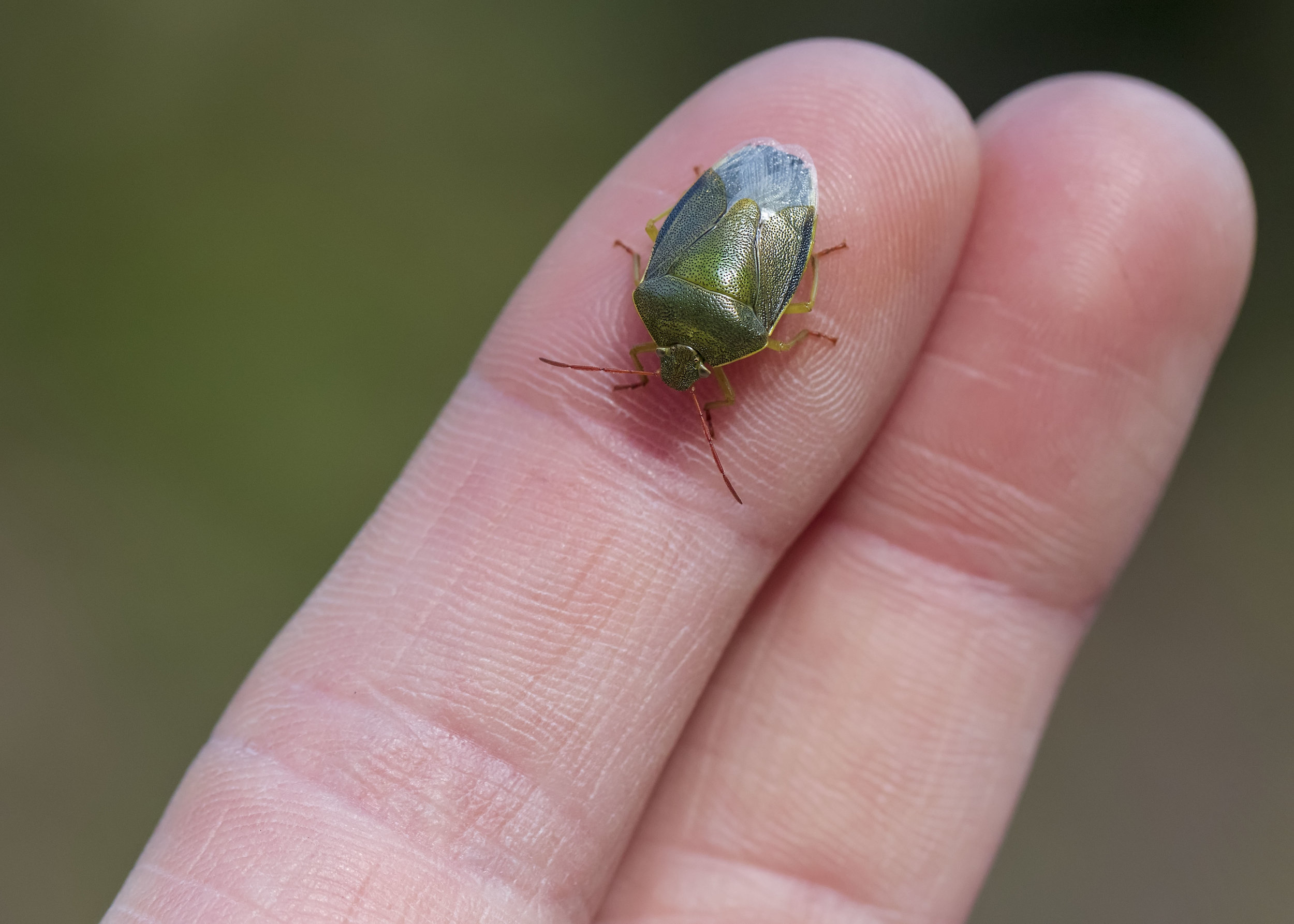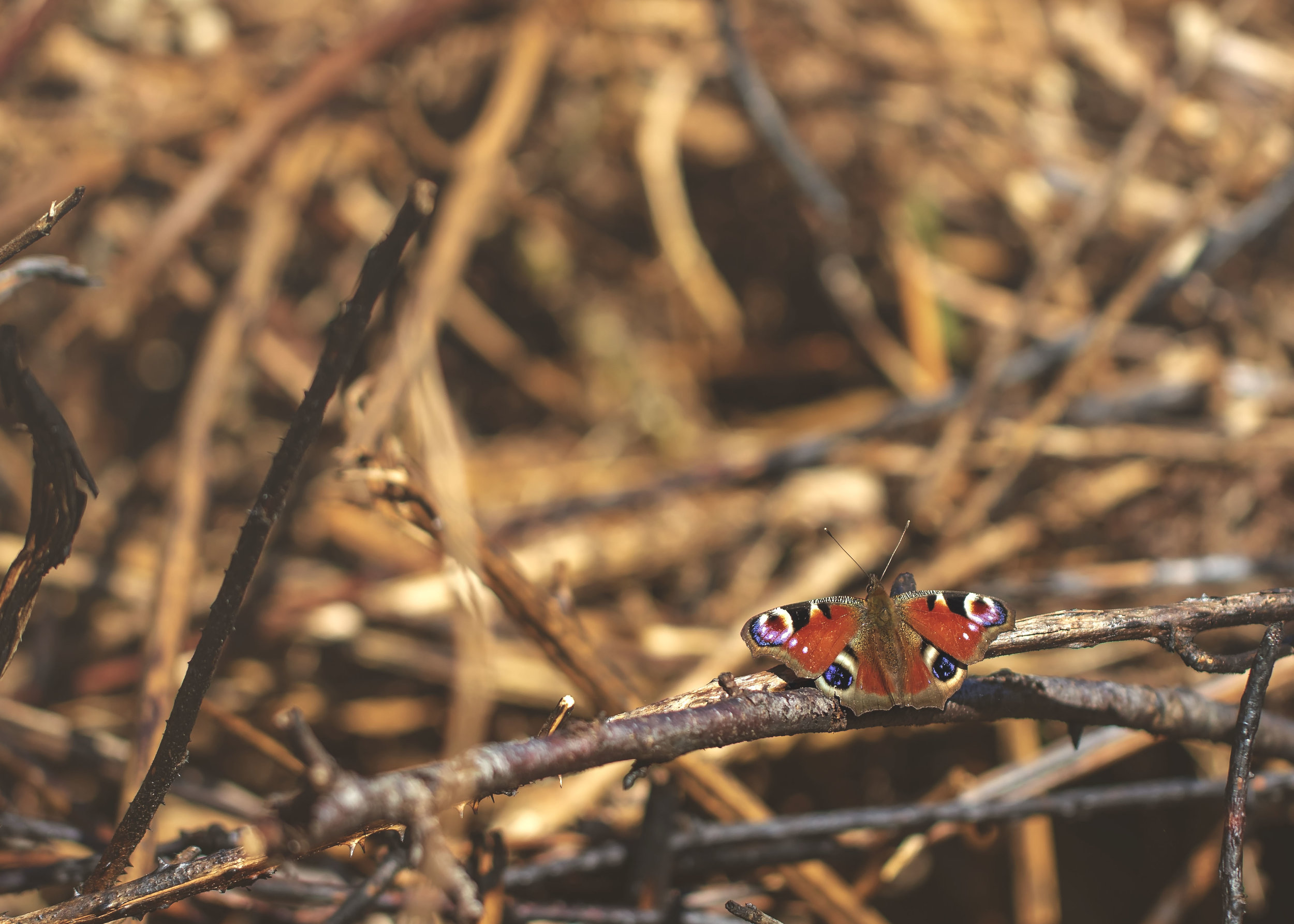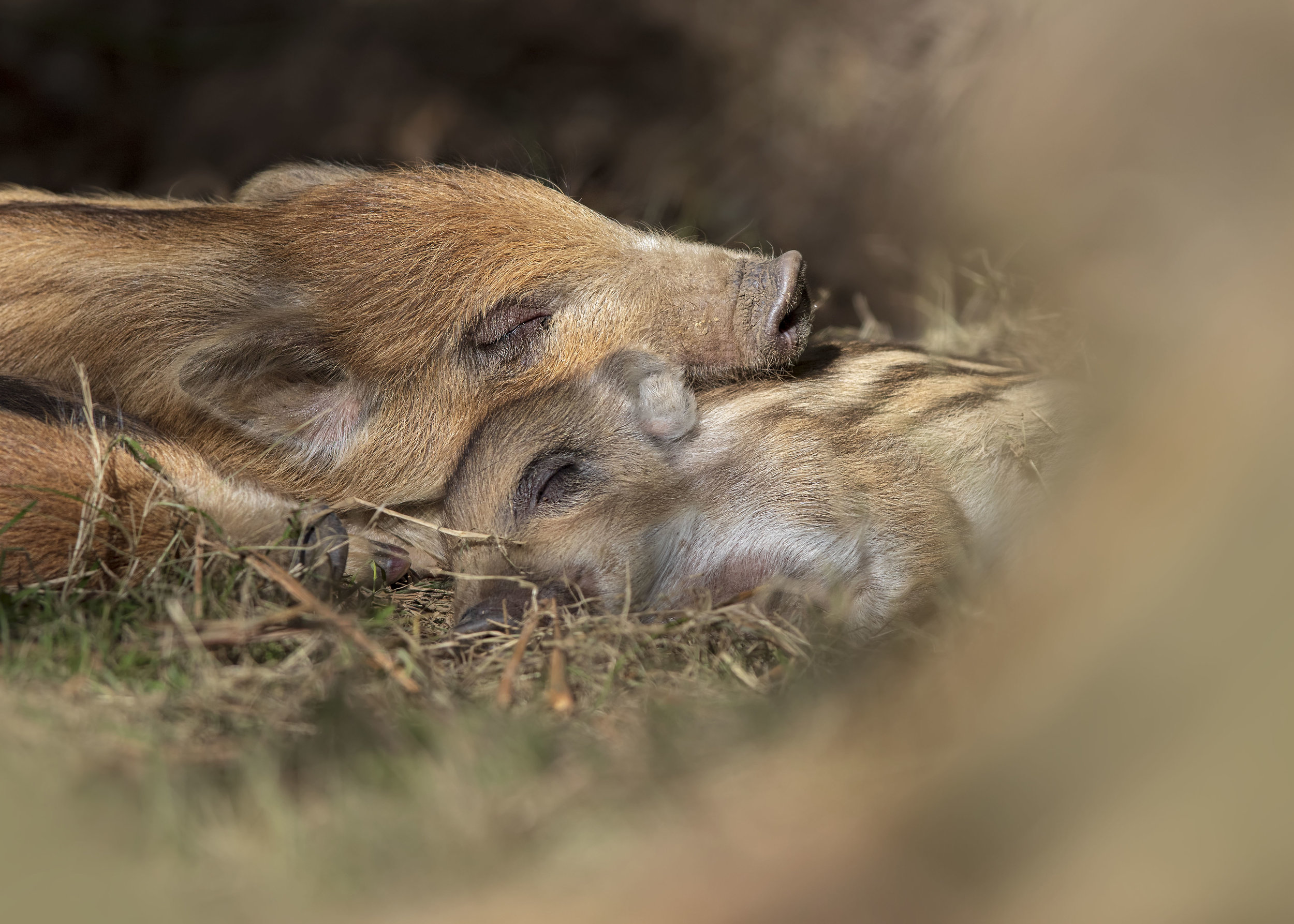By now you’ll realise that I’m quite interested in mimicking birds, having done talks to the Welsh Ornithological Society and studied them during my sound degree in University. Mimicking species aren’t always easy to find however, because sometimes they mimic so well, that you assume they are the species they are mimicking and don’t care to look twice. This was evident in my recent discovery, where a friend of mine found a new Firecrest territory, just a mile from one that I found last year. Upon visiting the territory myself, I noticed something a bit odd about the Male Firecrests song.. It didn’t sound like the long-drawn out-monotone notes that I expect to hear in their typical song.. and if that wasn’t enough to raise suspicion, it then let out 3-4 phrases of GOLDCREST song! :O
The bird didn’t appear to show signs of hybridisation, with all the standard Firecrest features intact, so I instantly contact around to see if anybody else had heard or read about mimicking Firecrest before. Nobody had heard of this behaviour and after some research on the web and thru books, I couldn’t find any documentation on this. That was until I contacted Chris Hatch, who said that he would look into it for me. Chris later rang me after finding some information in one of his volumes of the ‘birds of the western palearctic’ which did note that Firecrest was able to produce both Firecrest and Goldcrest vocalisations but this was only on rare occasions. I mean it makes sense, especially in Gwent where the population is so high for Goldcrest. Despite them being able to live alongside each-other, they do still compete for the same food so it is within the best interest of the Firecrest to keep Goldcrests out of its territory. This could be the reason why it’s mimicking, but being such a similar species, who knows. There is a documented case in 1974 where a Male Firecrest was seen tending to a Female Goldcrests nest, from which fledged at-least 5 chicks. Document Link.
There are a couple scenarios that I can think of that would result in this Identity Crisis, especially in species that are so similar, but more research is needed. Luckily I have good friends, and providing everything goes well on NRW’s end, I’ll be able to study this subject bird under license this season. Below is a video showing a distant pic of the subject bird and a recording of the longest bout of Goldcrest song it produced. Hearing the recording alone, I think most people would struggle to pic out any differences. Looking closely at the spectogram, there are some minor differences but I’ll study that in more detail once the license comes thru.













